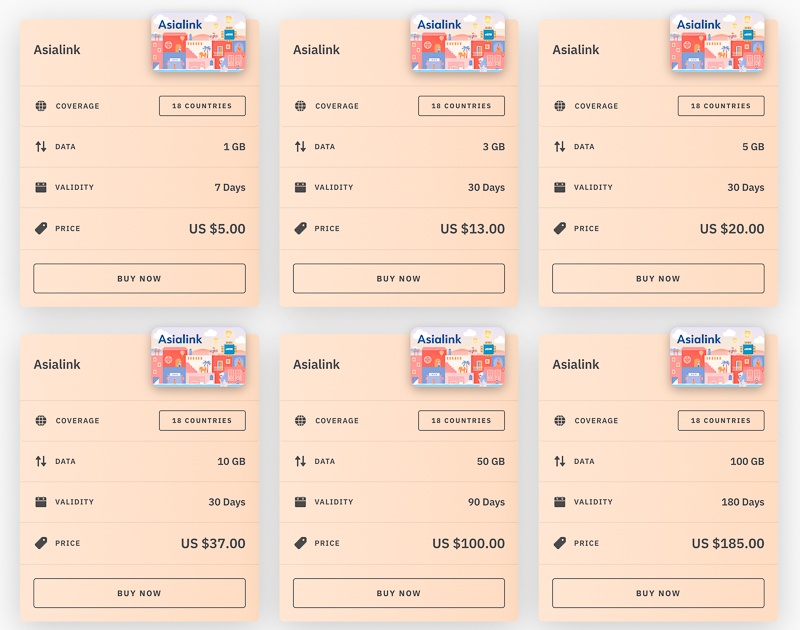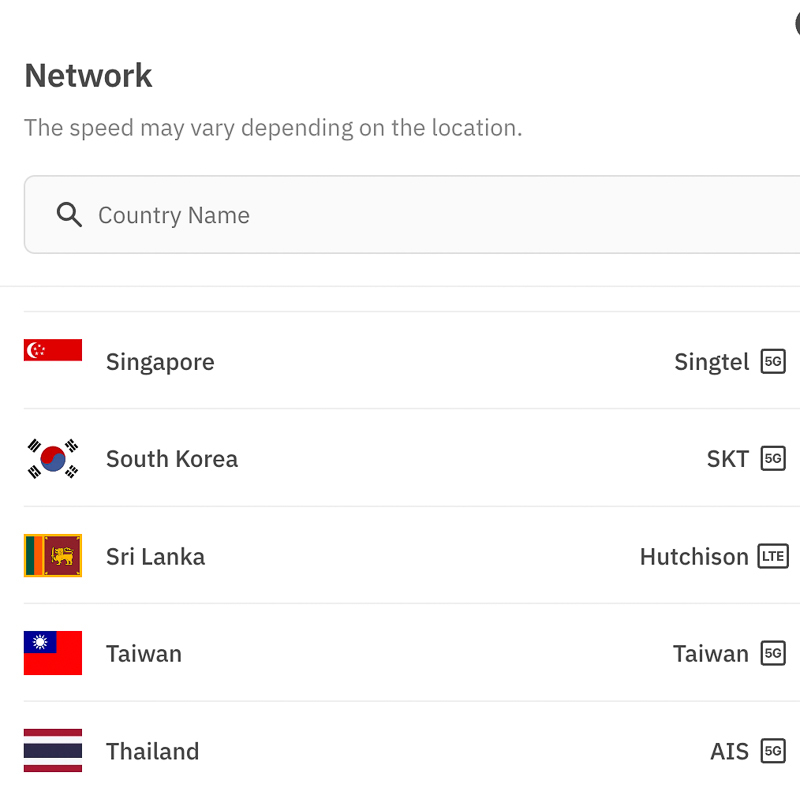So, you’re gearing up for an adventure in Thailand? Awesome choice! Whether you’re prepping for an island-hopping extravaganza or a cultural immersion in Bangkok, one thing’s for sure: staying connected is key. And trust me, you don’t want to be caught in a Wi-Fi dead zone when you’re trying to get Skytrain directions or summoning a Grab taxi.
Now, let’s talk SIM cards. Specifically, the best ones for your Thai escapade.
Touchdown in Thailand: Airport SIM Card Pickup

This is the way I always did it before (the iPhone 14, that is). I stepped off the plane, the warm breeze hit me, and I’m itching to explore. But wait, before diving into the adventure, I always grabbed local SIM card right at the airport.
Thailand’s major airports, like Suvarnabhumi in Bangkok, Chiang Mai International Airport, or Phuket International Airport, are equipped with kiosks and stores offering SIM cards from various providers. It’s quick, convenient, and ensures you’re connected from the get-go. No need to fuss about finding a store in the city amidst the hustle and bustle.
I have always found this pretty simple, with it being the best way to get a card in just about every airport other than Bali, where SIM cards are a total ripoff. But in Thailand, local companies like DTAC and AIS tend to have the best coverage, and many will have kiosks right in the airport.
This will only work if your phone can take a physical SIM card. Many newer phones like the iPhone 14 and up, don’t even have a slot. If your phone can take both, there may still be some benefits to getting an eSIM – particularly the regional ones.
Why eSIMs Are KEY
If your phone supports it (like anyone with an iPhone 14 or later), consider yourself lucky because eSIMs are so nice and convenient, especially for globetrotters like us. It’s one of my best travel tips.
International eSIMs work instantly. The moment you touch down in Thailand, your eSIM kicks into action, keeping you connected without skipping a beat.
On our most recent trip to Thailand, I bought a 30-day 3GB Asia plan for $13 that gave me coverage in 18 countries, including Singapore, which was also on our itinerary. I would have had to spend more than that to get the same coverage in each country, respectively. This is great for those backpacking around Southeast Asia who will he hitting multiple countries.

Make sure the local companies they contract with are actually good, with decent coverage. It’s as easy as quickly Googling the name of the company and you’ll see message boards where people can confirm if they’re good or not. In the case of the eSIM I used and recommend, SINGTEL and AIS are as good as it gets, and I had full coverage the whole time.

I’ve used eSIMs in 15 countries all around the world now and am here to tell you – they work. It’s also highly competitive amongst eSIM companies, so I find they’re constantly improving in terms of pricing and plans.
How to Use an eSIM in Thailand
First, you buy the SIM card, then while you still have Wifi (I do this at home), you can activate it by scanning a QR code that will be sent to your email once you purchase. Within a minute or two, your phone will process and install the eSIM and once you’re ready, you can activate it.
Some SIMs won’t begin working until you touch down and some might right when you activate them, so read the details on yours before choosing the timing. Make sure you select ‘primary’ (which is your home SIM) for iMessage and calls and the eSIM for data. Turn on roaming for the travel eSIM only once you touch down.
If you’re only visiting Thailand, consider getting the SIM that best matches your needs by browsing Thailand only plans, which start at $4.50.
Why We’re Not Roaming (T-Mobile Users, Listen Up)

Roaming will almost never be the right choice, especially if you can just easily purchase an eSim instead. For me with Verizon, that’s $10 per DAY I’d have to pay just to use my plan data from home. Now, if you’re one of the savvy folks with a T-Mobile plan back home, you might be thinking, “But wait, doesn’t T-Mobile offer international data?”
Sure, they do. But here’s the thing: it’s limited in terms of speed. And let’s face it, navigating the streets of Bangkok or uploading Instagram stories requires more than just a trickle of data. Plus, T-Mobile’s international data speeds might not always cut it, especially if you’re relying on internet calls or ordering Grab taxis.
That’s where a local SIM card or travel eSIM swoops in to save the day.
When it comes to staying connected in Thailand, it’s all about convenience, affordability, and reliability. Whether you opt for a traditional SIM card at the airport or dive into the world of eSIMs, the goal remains the same: keeping you connected to the moments that matter most.
Cheers to new experiences, endless adventures, and staying connected along the way!
*Some links in this post are affiliate links that support us at no extra cost to you when you purchase through them. We only recommend products we love and use ourselves. Your trust always comes first!
Leave a Reply